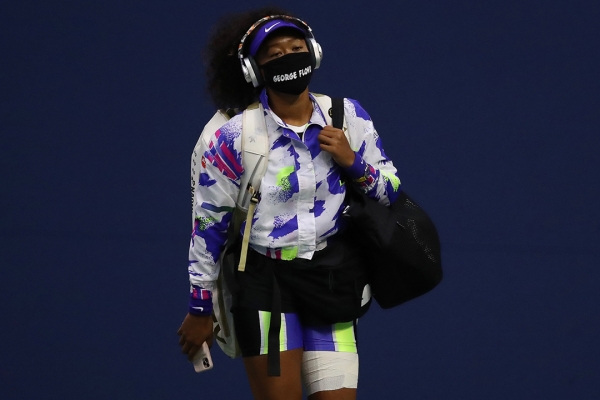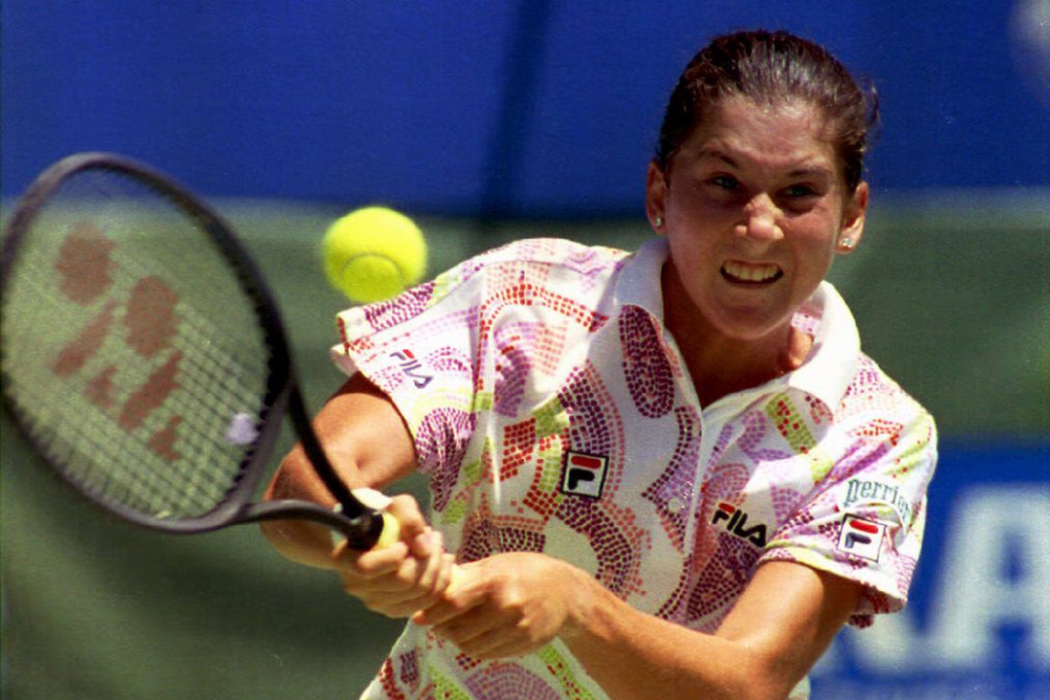The full version of this article first appeared in the June/July 2023 issue of Australian Tennis Magazine, one of the world’s longest-running tennis publications. For more in-depth features, news and analysis, you can subscribe now.
June 2023 marks 50 years since the formation of the Women’s Tennis Association. The Gloucester Hotel in London, on the eve of Wimbledon 1973, was the venue for the first coming together of women players under a single banner, rather than being divided by competing tours.
Although political point-scoring and tournament bans were not entirely relegated to the past, the WTA Tour thrived, almost from its inception, as a showcase for tennis as the richest, most global female sport. On the 50th anniversary of the WTA, a salute to 15 inspirational women (if only we had the space for 50!)
We celebrate five, in chronological order, in the third of this three-part series.
LOVE 15: Most inspiring stars of women's tennis (Part 1)
LOVE 15: Most inspiring stars of women's tennis (Part 2)
Amelie Mauresmo
The only French player to rank No.1, Mauresmo’s powerful single-handed backhand was the standout in an all-court arsenal that carried her to the 2006 Australian Open and Wimbledon titles, defeating Justine Henin in both deciders. Superbly fit but emotionally brittle, she waited seven years for her major breakthrough, having first reached the AO 1999 final at age 19.
A nervous performer at home in Paris (she never passed the quarterfinals in 15 campaigns), Mauresmo has in her post-player life occupied every leadership position in French tennis – captain of the Davis Cup and Fed Cup teams and currently tournament director at Roland Garros.
She sparked interest in women coaches (or the dearth of them) after Andy Murray appointed her in 2014. The many off-court milestones, while juggling two children, have been achieved with signature minimum fuss and fanfare.
Li Na
The Chinese charmer opened the game to the world’s most populous nation. The first Asian-born player to contest a Grand Slam final (AO 2011) and the first to bag a major title (Roland Garros 2011), Li also served up winning comedy in press conferences, where her husband jokes often had the media in stitches.
The sunny, diffident exterior belied a difficult childhood and path to the top. Li lost her father at age 14 and as she makes clear in her gritty 2012 memoir, nothing about her tennis career was predestined or easily won. On the strength of Li’s success, China became the biggest market in the women’s game – from two events in 2009 to a tour-leading eight in 2019, including the rich WTA Finals.
Li’s happiest moment was arguably at Melbourne Park in 2014. After losing three-set deciders to power-hitters Kim Clijsters and Victoria Azarenka in 2011 and 2013, the Aussie crowd pleaser defeated surprise finalist Dominika Cibulkova in straight sets. “Finally, I got her,” Li remarked of the Daphne Akhurst Memorial Cup, her favourite trophy.
Li added a happy truth-in-advertising to the Australian Open as ‘the Grand Slam of Asia-Pacific’.
Judy Murray
Second son Andy received a knighthood in 2019; Judy Murray’s 2017 OBE is no less richly deserved, for her services to British tennis, women’s tennis coaching and tennis parenting.
In a lifetime steeped in the game, the former Judy Erskine has been a junior champion, short-lived struggling pro, Scottish national coach, British Fed Cup coach and not least, mother and development coach to doubles No.1 Jamie and singles No.1 Andy, who combined in 2015 for Britain’s first Davis Cup title in 79 years.
A French and business graduate from the University of Edinburgh, 63-year-old Murray has been awarded five honorary degrees and is a sought-after, incisive speaker on coaching, junior development and improving access to the game.
Her coaching career began as a volunteer at a local club. A sanity break was the priority for the overwhelmed mother of two boys 15 months apart, rather than grand plans of training world-beating champions.
Judy just happened to do both.
Naomi Osaka
The first Asian player to rank No.1 in singles, Osaka personified and expanded the global reach of the game. Of Japanese and Haitian parentage, the biracial champion took over Sharapova’s mantle as the endorsement queen.
The first No.1 entirely of the social media age, Osaka turned social awkwardness into an endearing trademark. But the famous introvert grew into her power, drawing attention to black lives lost in police violence en route to her second US Open title in 2020, and opening up about her depression after withdrawing from Roland Garros in 2021. Osaka’s refusal (or should it be a choice?) to do press conferences in Paris opened the debate and helped to de-stigmatise mental health in elite sport.

Winner of four hard-court majors, Osaka’s next tennis incarnation is expected to be as a touring mum.
Ash Barty
A poster-girl for mental health, team first, Indigenous youth, the all-court game and old-school Aussie sportsmanship, Barty personifies owning and enjoying the non-linear, individual path to tennis success.
Junior Wimbledon champion at 15, the Queenslander’s break from the game at 18 to deal with burnout fuelled a glorious second career that carried her to three majors on three surfaces and the No.1 ranking.
COMPLETING THE FEAT: Win places Barty in elite company
Having struggled with the solitary nature of the pro tour as a teenager, Barty surrounded herself with a team in her second incarnation. Everything was a ‘we’, a collective effort.
The diminutive, flowing all-court technician enjoyed the challenge of breaking down big-hitting opponents and bamboozling
with her specialty slice backhand. Variety trumping power, she was a dream to watch. Like fellow Indigenous icon Evonne Goolagong Cawley, Barty was a unifying champion, giving Australia a ‘pinch me’ moment when she ended the 44-year wait for a homegrown singles winner at AO 2022.
She retired weeks later, at No.1.
BARTY: Australian Open title "brilliant way to finish"
So much of Barty’s career seems charmed in retrospect. Not least, this humble, unassuming Aussie banked the biggest cheque in tennis history – $US4.42 million for winning the 2019 WTA Finals.
Ash would say it’s the tennis cosmos having a laugh.
Serena Williams, Steffi Graf and Iga Swiatek are the cover stars of the June/July 2023 issue of Australian Tennis Magazine.

